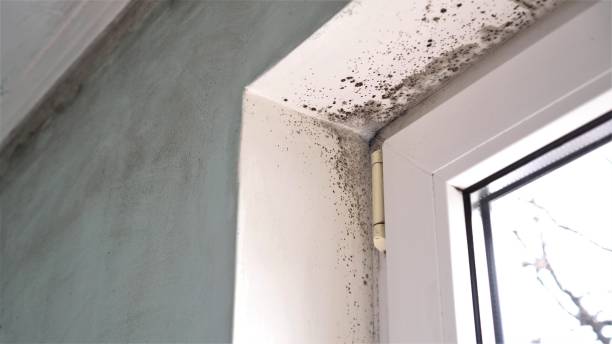Housing Disrepair Claims & Solutions | Get Compensation Today
Expert Tips to Prevent Damp, Mould, and Housing Disrepair Claims
Recent Blogs
Understanding how to make the most of your housing benefits
Emotional distress cases refer to claims that people make when
Finding yourself in an eviction situation is tough. Many renters
A Section 8 notice is a notice by a UK
Expert Tips to Prevent Damp, Mould, and Housing Disrepair Claims
Damp and moulds aren’t just unsightly—they can lead to serious health risks and costly housing disrepair claims if left unchecked. When these issues are ignored, they can cause respiratory problems, structural damage, and expensive housing repairs. Fortunately, there are effective strategies you can use to prevent dampness and mould from taking hold in your home. This guide provides expert tips and actionable advice to help you keep your living space dry, healthy, and protected from housing disrepair claims.
Understanding Damp and Mould
Damp occurs when excess moisture collects in a home, often due to inadequate ventilation, poor insulation, or water leaks. Mould thrives in damp environments, growing on surfaces like walls, ceilings, and carpets. Identifying the signs of dampness and mould early is crucial to avoid more severe problems and potential housing disrepair claims.

Recognize the Signs of Damp and Mould
- Visible Mould Growth
Look for black, green, or grey patches on walls, ceilings, and floors. Mould can appear fuzzy or slimy and often has a musty smell. - Damp Patches and Stains
Discolouration or dark patches on walls and ceilings can indicate moisture problems. These often result from leaks or condensation. - Condensation on Windows
Regular condensation on windows, especially in the morning, suggests high humidity levels and poor ventilation.
Maintain Proper Ventilation
- Use Extractor Fans
Install extractor fans in high-moisture areas like kitchens and bathrooms to remove excess humidity. Ensure they are regularly cleaned and maintained for optimal performance. - Open Windows Regularly
Ventilate your home by opening windows daily, even during winter. This helps reduce indoor humidity and allows fresh air to circulate. - Avoid Drying Clothes Indoors
Drying clothes inside can significantly increase indoor moisture levels. Use a dryer or dry clothes outside whenever possible.
Control Indoor Humidity
- Invest in a Dehumidifier
Dehumidifiers help reduce excess moisture in the air, making them especially useful in damp areas like basements. - Monitor Humidity Levels
Use a hygrometer to keep track of indoor humidity. Ideally, indoor humidity should be between 30% and 50%. - Fix Leaks Promptly
Address any leaks in your plumbing, roof, or walls immediately to prevent water from entering and causing dampness.

Improve Insulation and Heating
- Insulate Your Home
Proper insulation helps maintain a consistent temperature and prevent condensation on cold surfaces. Focus on insulating walls, roofs, and floors. - Use Central Heating
Maintain a consistent temperature throughout your home. Central heating helps keep walls and surfaces warm, reducing the likelihood of condensation. - Insulate Pipes
Insulating pipes can prevent them from freezing and bursting, which can lead to water damage and dampness issues.
Address Structural Issues
- Check for Roof Leaks
Regularly inspect your roof for damage and ensure clear gutters and downpipes to prevent water from entering your home. - Repair Cracks and Gaps
Seal cracks in walls, floors, and around windows and doors to prevent moisture from seeping in. - Ensure Proper Drainage
Ensure that the ground around your home slopes away from the foundation to prevent water accumulation.
Preventing damp and mould in your home requires vigilance and proactive maintenance. By recognizing the signs early, ensuring proper ventilation, controlling indoor humidity, improving insulation, and addressing structural issues, you can protect your home from these potentially harmful problems. Implement these expert tips to avoid the hassle and expense of damp and mould claims and keep your living space in perfect condition.
Conclusion
Check out this resource for further information on handling damp and mould issues. If you need professional assistance, don’t hesitate to contact us.
